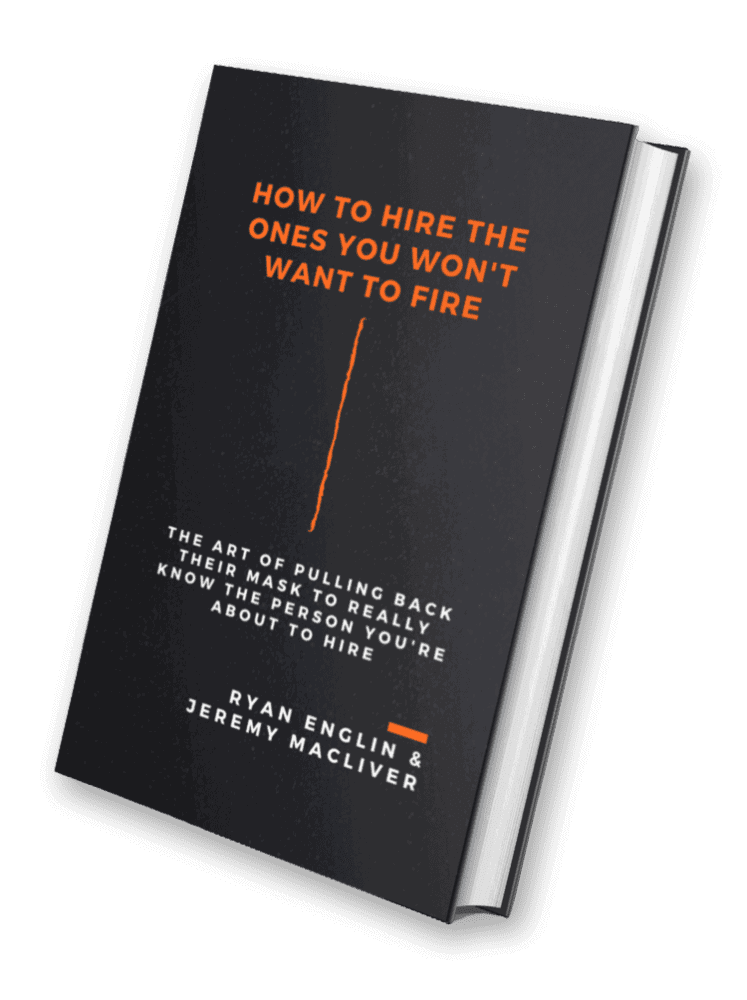7 Opportunities Created With an Effective Vision Statement

When you travel to an unknown place, it’s nice to have a map. While you could spend your days wandering around until you find something that looks interesting, taking the time to plan the highlights and bringing along resources can make your trip go much more smoothly. The same is true for your company.
Creating an Effective Vision Statement
An effective vision statement describes where your company is going. Much like planning your route on a map, it shows what your company’s future will look like as well as explain how you’ll get there. Without a clear vision, employees are left feeling like the wandering tourist, scrambling to meet an unknown expectation.
The greatest opportunity an effective vision statement can offer is a better alignment of your employees with the company’s goals. When everyone is working in harmony, tasks will be completed faster and to a higher standard, since the team is invested in the end result. An effective vision statement creates many opportunities to improve your business.
1. The Right People
After your company has defined its purpose statement and culture, you will begin to discover the right people for your organization. Some companies use behavior assessments on their currently employed “right people.” This allows them to learn more about what personality traits align with the company’s culture. This can even help you create the wording for your job postings to attract more of the right people.
We recommend the interview processes start with a culture screening to make sure the candidate aligns with your values and vision statement. Before the interview, take the time to lay out your interview “map” to guide you through the process. You don’t want to be the wandering tourist when you’re the one guiding the interview!
A predetermined list of interview questions allows you to compare “apples to apples” when choosing between your top candidates.
Once you’ve found the top people who align with your company, you have a decision to make. Although it may feel like a lot of pressure at the time, you can always move the right person to a new role in your company.
2. The Right Seats
After you’ve hired the right people, it’s time to make sure everyone is in the right seat. As you get to know your team, you may start to discover some hidden talents. Maybe the receptionist is also a master organizer. They could help with scheduling. Or, maybe the service technician just went through surgery and can’t do the heavy lifting for a while, but they’re great with people. If they’re the “right people” why not put them in a new seat? Someone who’s great with people may be good at making sales calls or following up with customer service issues. Understanding your vision statement allows you to shift people with intention.
Having the right people in the right seats means they align with the company’s culture and vision and are using their talents in the most efficient way to benefit the company.
When your employees buy into your company’s vision statement, they can help you figure out what the right seats look like. Employees and job candidates can use strengths finder assessments or behavioral assessments, like ProScan, to determine what role would best serve them.
Regular conversations and evaluations will help keep the right people in the right seats as employees grow over time. Offering a genuine open door policy will help encourage employees to come to you before issues arise. These talks can help improve employee satisfaction and retention.
3. Get It, Want It, Capacity to Do It (GWC)
The goal is to interview people who “get” your vision statement. During the interviews, you’ll be able to tell if they truly align with your vision. You’ll have to decide if you think the candidate has the capacity to do what it takes to help your company achieve its vision. If you have someone who GWC, you can always move them to the right seat if the initial placement doesn’t work out.
When you implement an effective vision statement, you’ll be most focused on the “Want It” component. Ask yourself if your people care enough to help the team meet their goals to reach the company’s vision. As long as they “Want It” enough, you can work with your team on increasing their capacity to do it, whether that means more training, a redistribution of work, or even a new seat.
Make sure there aren’t any limitations in place preventing people from reaching your company’s vision. For instance, if your vision focuses on attracting more clients using cutting-edge technology, you need to make sure that your team has the opportunity to explore new options, research, and suggest ideas that could help the company meet its vision. A limited training or supplies budget would stifle your team’s capacity to excel.
4. Know WHAT They’re Working Toward
Transparency and honesty can help your team know what they’re working toward. For instance, if a team member finds ways to be more efficient, it helps protect a company’s resources by saving money. That leaves more resources to go around and help achieve goals that align with the company’s vision statement.
A local service company has the vision to be the most trusted in their industry. One team of technicians realized if they adjusted their routes to be more focused, they could save almost twenty hours a week between the five of them. This time savings allowed them each to spend a few extra minutes at each location, which boosted their customer satisfaction surveys immediately. It also left a few hours for each of them to spend time learning how to deliver this trusted service. Since the team knew the company’s vision was to improve customer satisfaction and trust, they took the initiative to make a few minor changes that greatly impacted their team’s goals.
By connecting the company’s goals to your employee’s personal goals, it can help them become more invested in the path you’re taking.
5. Team Buy-In
Getting full team buy-in is easier said than done. The first step in getting your team to buy-in to their goals is to have a clear and effective vision statement to align it with. Understanding where the company is headed will help the day-to-day tasks make more sense.
Once you have team buy-in, you’ll find a willingness to sacrifice follows naturally. This doesn’t mean you expect your team to take time away from the things that are important to them. Many people think of “sacrificing for the company” as overtime or a limit of raises or bonuses. Both of these impact families and hobbies. However, a willingness to sacrifice could mean your employees will work a little harder in one area, so they have time to take on a task that would benefit the company’s vision.
6. Get Rid of the Wrong People
Once you know who the right people are, you also know the wrong people. An effective vision statement that aligns with the purpose of the company will help you identify these people. It’s important to get rid of anyone who is holding back your team from aligning with your company’s vision.
A service company had an employee who seemed very “right” during her interview. She clearly had the knowledge and experience to complete the job well. Everyone was impressed. After a few weeks on the job, the leadership team began to realize her attitude was impacting the whole office. While the company’s focus was on going above and beyond for their clients, the new hire would do the bare minimum. If she finished her work early, she could be found playing games on her phone, rather than offering to help the rest of the team who were swamped.
Although her quality of work was exceptional, the leadership team knew the company’s vision started within and that going above and beyond to help was more important than someone who would only complete their tasks. They went back to the candidate pool and ended up hiring someone who aligned with the company’s core values and vision statement. Although more training was required, the time spent up front was well worth the increase in office morale.
7. Develop More Effective Goals
Once you create an effective vision statement, it’s time to think about effective goals that support it. You can look at your company’s purpose statement and core values if you aren’t sure where to start.
Once your team knows the WHY behind what they are working toward, they’ll be more willing to jump on board. This helps everyone better understand and achieve their purpose.
What Is an Effective Vision Statement?
A well-articulated, well-communicated vision statement allows a company to describe where the company is going.
What’s In It For Me (WIIFM) is the idea that people want to know that what they’re getting out of something is worth the effort they’re putting into it. This is usually thought about from the customer’s perspective. For example, a customer might wonder “WIIFM?” when they consider signing up for your email newsletter. If you can show them the value the content brings, they’ll likely stay subscribed.
Employees are just like your customers, wondering “WIIFM?” Every day they show up, they’re giving you time and energy that’s not being spent with their family or hobbies. While you may be paying them a competitive wage, today’s employees need to know what benefit they receive by helping you achieve your vision.
Most companies don’t directly say “If you do this, then you get that.” However, there needs to be a subtle reminder of the benefits of the team working together to help achieve the company’s vision. Maybe people know that as the team grows, there will be more opportunities for people to take on a leadership role. Or, as the client list increases, there’s more money to buy new technology to make work a little less labor-intensive.
As an employer, it’s important to remember what motivates each person on your team. For some, a competitive salary may be enough. Others may appreciate leaving early the day before a holiday weekend when the group has met their monthly goals. Some teams appreciate the camaraderie and would be motivated to align with your company’s vision statement by having regular team lunches or other bonding opportunities.
It’s your responsibility to provide the “map” that will guide your team in creating a healthier, more competitive, and stable business with an effective vision statement.



